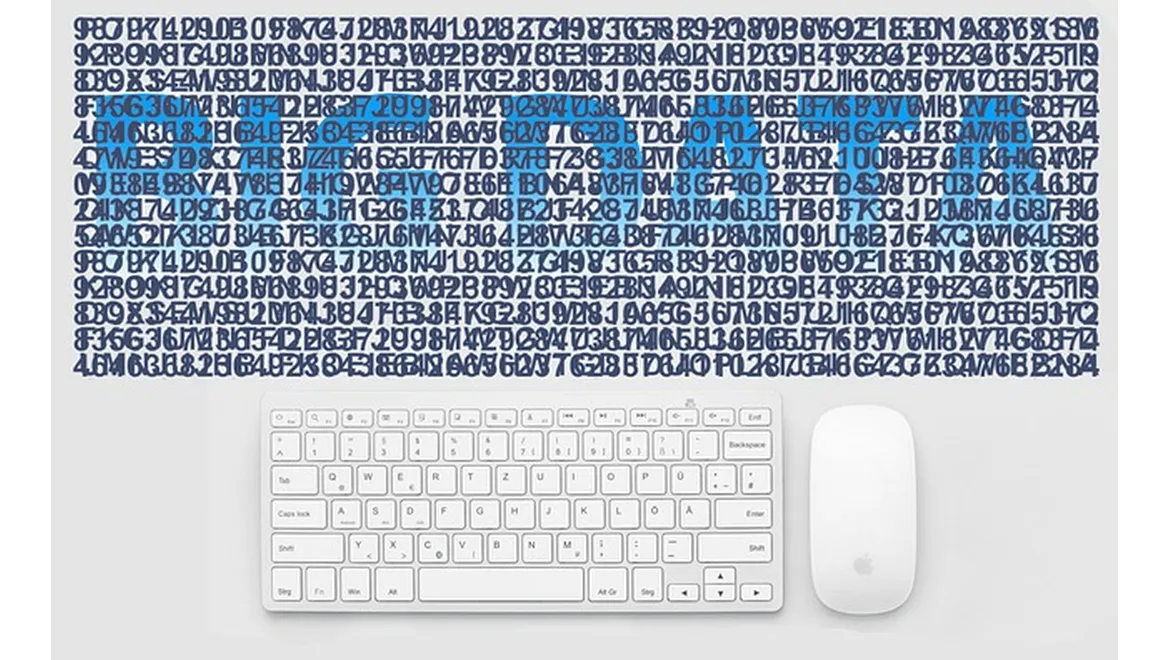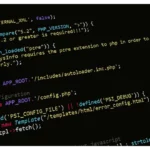Embarking on a journey to uncover hidden influencer networks with the power of AI and Big Data was one of the most fascinating projects I’ve ever undertaken. Imagine peeling back the layers of the internet to discover the interconnected webs of influence that shape trends, opinions, and even market behaviours. Here, I’ll walk you through my experience and the steps I took to achieve this, so you can replicate the process and appreciate the incredible insights it offers.
Setting the Stage: Gathering Data
The first step in my exploration was to gather a substantial amount of data. This is where Big Data comes into play. For this project, I focused on social media platforms like Twitter, Instagram, and YouTube, as these are fertile grounds for influencer activity.
To collect data, I used APIs provided by these platforms to extract relevant information. If you’re unfamiliar with APIs, think of them as bridges that allow different software systems to communicate with each other. For instance, Twitter’s API lets you pull tweets based on hashtags, user mentions, or keywords.
I wrote Python scripts to automate this data collection. Using libraries like Tweepy for Twitter and BeautifulSoup for web scraping, I was able to compile a dataset containing thousands of posts, comments, likes, and shares. This dataset formed the foundation of my analysis.
Cleaning and Preprocessing Data
Once I had my raw data, the next step was to clean and preprocess it. Raw data can be messy, with duplicate entries, irrelevant information, and inconsistencies. I used pandas, a powerful Python library for data manipulation, to clean the dataset.
Firstly, I removed duplicates and irrelevant entries. For example, retweets and spammy comments were filtered out. Next, I standardised the data formats – ensuring dates were in a consistent format and text data was lowercased to avoid case-sensitivity issues during analysis.
Applying Natural Language Processing (NLP)
With a clean dataset in hand, I turned to Natural Language Processing (NLP) to analyse the text data. NLP is a branch of AI that helps computers understand and interpret human language. One of the key tools I used was the Natural Language Toolkit (NLTK) and spaCy, both of which are popular Python libraries for text processing.
Firstly, I tokenised the text, which means breaking it down into individual words or phrases. Then, I performed sentiment analysis to gauge the emotional tone of the posts. This helped me identify which influencers were generating positive or negative sentiments around specific topics.
Network Analysis
Having preprocessed and analysed the text data, it was time to uncover the hidden networks. Network analysis is a technique used to study the relationships between entities, which in this case were social media users.
I used the NetworkX library in Python to create a graph where each node represented a user, and each edge represented an interaction (like a mention, reply, or retweet). By visualising this graph, I could see clusters of users who frequently interacted with each other.
To identify the key influencers within these clusters, I applied centrality measures. Centrality measures help determine the most important nodes in a network. Betweenness centrality, for example, identifies nodes that act as bridges between different parts of the network. Users with high betweenness centrality were likely to be influential, as they had the power to spread information across different user groups.
Visualising the Network
Visualisation is crucial for interpreting complex data. I used Gephi, an open-source network visualisation tool, to create an interactive visual representation of the influencer network. Gephi allowed me to apply various layouts and filters, making it easier to spot patterns and key influencers.
The final visualisation was a web of interconnected nodes, with larger nodes representing more influential users. By hovering over each node, I could see detailed information about the user and their interactions.
Insights and Implications
The insights gained from this analysis were nothing short of enlightening. I discovered that certain users, who weren’t necessarily celebrities or well-known influencers, held significant sway over niche communities. These micro-influencers often had higher engagement rates and more authentic interactions with their followers.
Brands and marketers can leverage these insights to target their campaigns more effectively. By identifying and collaborating with key influencers, they can amplify their reach and impact within specific communities.
The Journey Ahead
Uncovering hidden influencer networks with AI and Big Data is like shining a light into a previously unseen world. The techniques and tools I used not only revealed the intricate web of online influence but also highlighted the power of AI in making sense of vast amounts of data.
As I continue to explore this field, I am excited about the potential applications, from improving marketing strategies to understanding social dynamics. For anyone interested in diving into this fascinating realm, the journey is as rewarding as the discoveries themselves.












